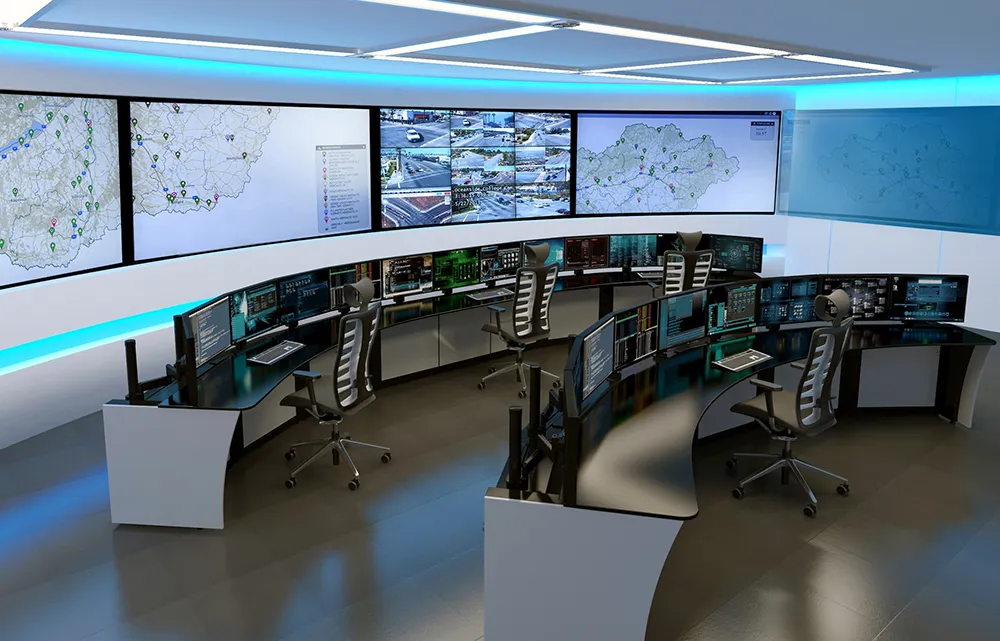Jupiter Systems has launched its new PixelNet product line in Europe which the company claims is a fundamentally new way to capture, distribute, control and display digital and analogue video sources.
February 3, 2012
Read time: 2 mins
PixelNet distributes the process of capturing inputs, routing signals, and displaying content, among intelligent nodes, making it easier and less expensive to design, build, and manage complex control rooms. Jupiter says this revolutionary new technology can display these varied inputs in a wide range of applications, from very large display walls with multiple inputs and outputs to a single desktop.
"This is a game-changing product," said Brady O. Bruce, Jupiter's VP of marketing and strategic alliances. "Using PixelNet nodes, about the size of a paperback book, our users can build a powerful PixelNet visual network quickly and easily. PixelNet is incredibly scalable. To handle an additional input, you just add an input node. To add a new display, you simply connect one more output node. New nodes are automatically detected and integrated by the system. The simplicity is amazing and the video quality is stunning." Based on technology widely used in data communication networks, PixelNet adopts Gigabit Ethernet and Ethernet switches for use with high resolution, real-time video. Using packet-switching technology any information source can be shown on any display, as a window on a single display, or as a window spanning multiple display devices in a display wall. Any source can be shown at any size on any display or array of displays.
Jupiter says PixelNet's greatest benefit is its scalability. The same component parts can scale from a single input sent to a single output to literally hundreds of inputs and outputs. Outputs can be defined as a single display or logically grouped together to create one or more display walls. If another input is added or the entire wall must be expanded, it can be done by simply adding a few PixelNet nodes. There is no need to reconfigure the entire system. Moreover, input and output nodes are hot-pluggable and hot- swappable, and since PixelNet is based on Ethernet technology, the entire system is inherently fault-tolerant.










